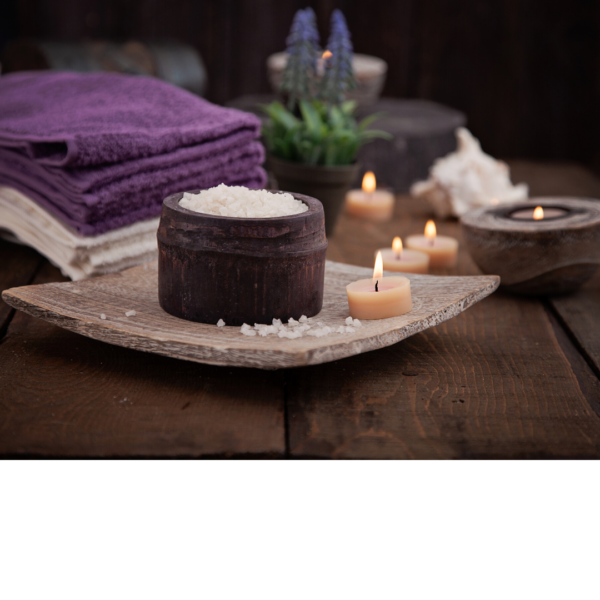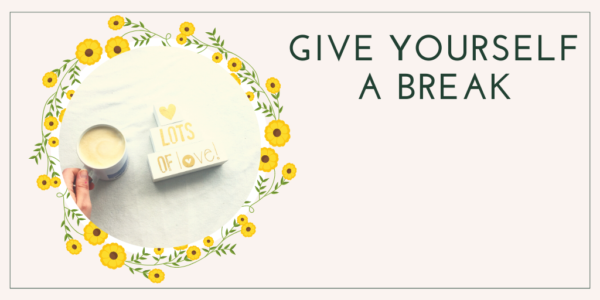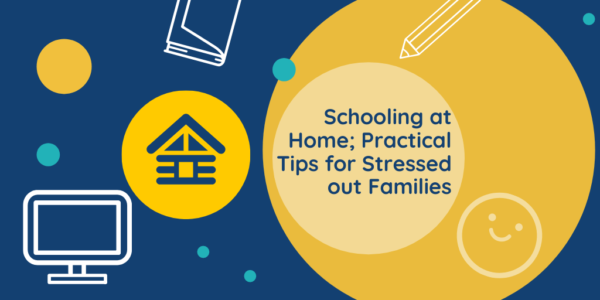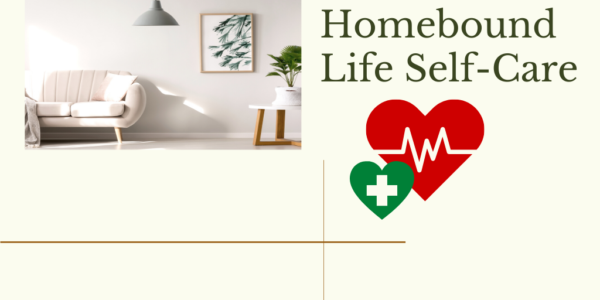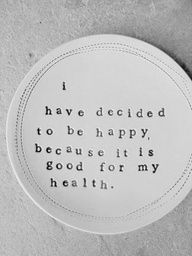By implementing rituals of self-care we are better able to deal with the stress that unprecedented times like these can bring about. For the sake of feeling rejuvenated and clear, we’d like to invite you to set aside some time for an At-Home Retreat + Spa Experience. You can commit an entire day to this or even just one hour, work with what you have.

RETREAT + SPA MOOD
The first thing to do is create a proper space to relax in by making sure your home is orderly and clean. A big reason we gravitate towards spas and other such environments is because of the mood they set for us. We can create a similar effect by making sure the rubbish is thrown out, surfaces are clear, dishes are washed, and clutter is out of the way.
Next, make your home smell heavenly. You can diffuse essential oils, burn incense, light scented candles, and even open the windows to let in some fresh air. Investing in natural flowers also sets a beautiful and fragrant ambiance in any space.
Sound also plays an important role in our relaxation potential, so consider putting on some nourishing background music such as singing bowls, nature sounds, or binaural beats – all of which are commonly heard in spas and retreat centers for this very reason.
Prepare yourself a pitcher of infused water with cucumber, citrus slices, or berries. This feels luxurious, fun, and is effectively hydrating. Also consider having some herbal tea and light snacks handy so that they are easy to put together on a whim throughout the day.
Details such as these will support your mind to feel calm and your senses to feel at ease.
Once your space is in order pick out your favorite loungewear, activewear, and robe. Clothing that ideally allows you to feel both comfortable and attractive.

RETREAT + SPA PLAN
Like any retreat or spa experience, there has to be a schedule of activities you wish to participate in that will help you feel your best. We suggest selecting 1-5 activities that you wish to pamper yourself with. Have fun with these ideas and write them out in a scheduled format as a structure to follow.
To begin the at home retreat we recommend beginning with a little movement. We become stressed and tired from spending so much time in our heads, and the quickest way out of the mind is by returning to the body. Select a gentle 20-30 minute yoga or Pilates class online, or whatever your preference, and commit to the practice. Inviting circulation to move and enliven will only add to your experience.
After some body movement, shift into a short guided meditation. There are an abundance of free resources out there for this. You can make the experience extra special by setting up a designated space for your practices, and adorning it as you would enjoy to see in any studio or salon.
Once you wrap up your guided meditation, pull out a journal and write down any reflections or thoughts that may have come up for you. Writing can be a cathartic exercise for the mind, and the simple act of jotting down a few sentences can leave you feeling so renewed.
From here, begin the spa portion of your at home retreat.
Pamper yourself to a deep cleansing facial and moisturizing hair mask using your favorite products. Turn your bathroom into a sanctuary for this. Light a few candles, set up a few flowers, and display the products you’ll be using intentionally just as you would see at a salon. Creating an atmosphere like this turns an ordinary experience into an extraordinary one. Most importantly, move patiently as you nurture your skin and body. We rush quite enough throughout the day, so allow this to be a moment to slow down and simply feel into the senses.
While you allow the products to settle in and do their work, you can enjoy a cup of tea, manicure your nails, or simply read a few pages of your favorite book. Staying true to the intention of relaxing and being good to yourself.
Next, begin filling the bathtub. Add some bath salts, essential oils, flowers, and anything that can help make this particular bath feel over the top. Surround the tub with candles, beautiful lighting, and serene sounds, and set aside at least twenty minutes to soak it all in. Your nervous system will melt with gratitude.
After the bath, consider massaging oils to the bottoms of your feet or any part of the body that is asking for some extra attention. This supports proper circulation, moves stagnant lymph, and is a way to connect with your one and only body.
Lastly, begin to wind down from your Retreat + Spa Plan by taking a short nap. This will allow the experience to really settle in before re-integrating into life as you know it.
NOURISHING & SELF-REVERENCE
We hope this whole At-Home Retreat + Spa Experience fills you with nourishment and a sense of self-reverence. Feel free to get creative with the idea, have fun with it, and enjoy your own company. You will emerge better ready to deal with the world outside.
We are all working our way through a changed world as a result of the coronavirus pandemic. We may no longer be quarantined or under stay-at-home orders, but everyone is stretched to adapt like never before. All of us are in this together. Now more than ever, caring is what we need most. Caring for our self. Caring for others around us in our communities. Life now demands caring, resilience and compassion like never before. This is a great opportunity to create the world we want for our future generations. We invite you to join us in creating a caring movement!
Would you like to read more about UCA caring resources and products? We have other blogs on Unified Caring Association and our products, caring in our communities, and caring the UCA way!
By Melissa Aparicio, contributing author

